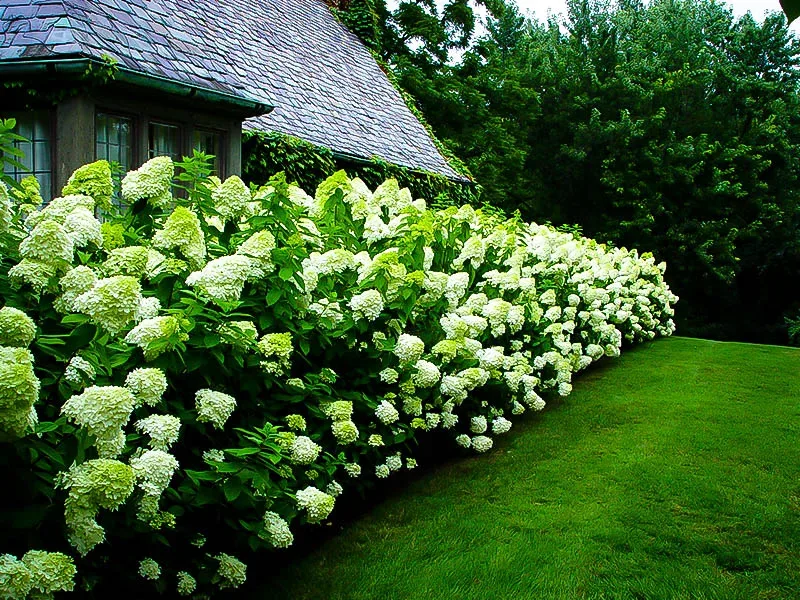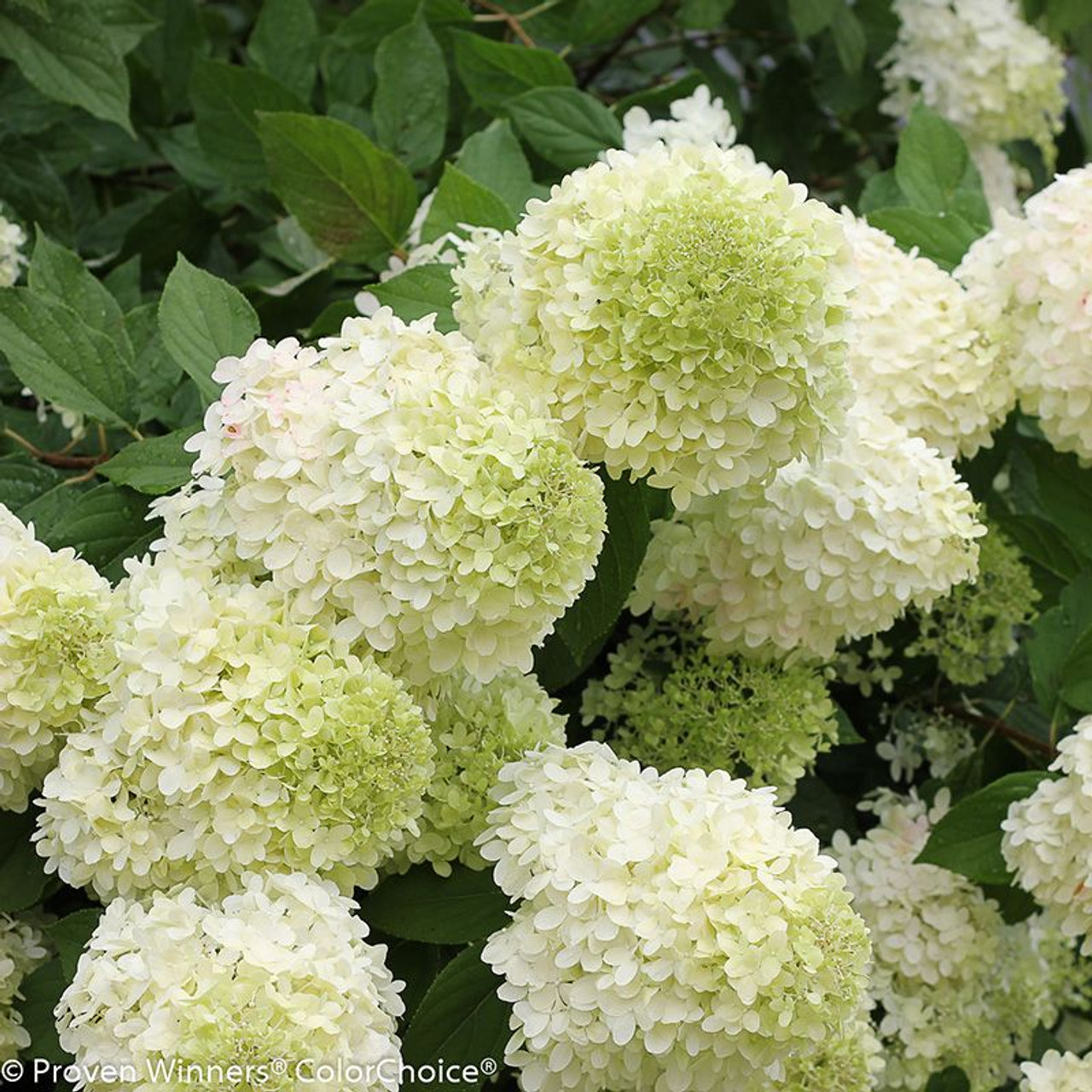Limelight Hydrangea Bush: The Showstopper Of Your Garden
Limelight Hydrangea Bush: The Showstopper of Your Garden
The Limelight hydrangea bush is a popular choice for gardeners because of its stunning beauty and easy care. It is a member of the panicle hydrangea family, which means that it produces large, conical clusters of flowers. The flowers of the Limelight hydrangea are a beautiful white color when they first bloom, but they eventually fade to a soft pink. This makes them a versatile addition to any garden, as they can be enjoyed in both their white and pink stages.
In addition to their beauty, Limelight hydrangea bushes are also very easy to care for. They are hardy plants that can withstand a wide range of climates. They also prefer full sun, but they can tolerate partial shade. Limelight hydrangeas are not heavy feeders, so they only need to be fertilized once a year.
If you are looking for a beautiful and easy-care hydrangea bush, the Limelight is a great choice. It is a showstopper in any garden, and it will add a touch of elegance to your landscape.
Here are some additional details about the Limelight hydrangea bush:
- Height: 5-8 feet
- Spread: 3-5 feet
- Bloom time: Late summer to early fall
- Soil type: Moist, well-drained soil
- Sun exposure: Full sun to partial shade
- Hardiness zone: 3-8
How to care for a Limelight hydrangea bush:
- Water regularly, especially during the summer months.
- Fertilize once a year in the spring with a balanced fertilizer.
- Deadhead spent flowers to encourage new growth.
- Protect from winter winds and cold.
Pests and diseases:
The Limelight hydrangea bush is generally pest- and disease-free. However, it can be susceptible to aphids, scale, and powdery mildew. If you notice any pests or diseases, treat them immediately with an appropriate insecticide or fungicide.
Propagation:
Limelight hydrangea bushes can be propagated by cuttings or division. Cuttings should be taken in the spring or fall, and they should be rooted in a well-drained potting mix. Division can be done in the spring or fall. To divide a hydrangea bush, simply dig it up and carefully separate the roots into two or more sections.
Where to plant a Limelight hydrangea bush:
Limelight hydrangea bushes can be planted in a variety of locations. They are a good choice for borders, foundation plantings, and mass plantings. They can also be planted as a specimen plant. When choosing a location for a Limelight hydrangea bush, be sure to choose a spot that receives full sun to partial shade.
Conclusion:
The Limelight hydrangea bush is a beautiful and easy-care addition to any garden. It is a showstopper in any landscape, and it will add a touch of elegance to your yard. If you are looking for a hydrangea bush that is both beautiful and low-maintenance, the Limelight is a great choice.
If you're looking for a stunning and low-maintenance hydrangea bush, the limelight hydrangea is a great option. These bushes produce enormous displays of 10-inch, pale green blossoms each summer that transition to soft white, cream, and pink through fall. They're also cold-hardy and drought-tolerant, making them a great choice for even the most challenging climates.
To learn more about limelight hydrangeas, I recommend visiting Garden Wiki. This website has a wealth of information on the plant, including its care requirements, planting tips, and pest and disease prevention. You can also find beautiful photos of limelight hydrangeas in bloom.
FAQ of limelight hydrangea bush
Q: What is a limelight hydrangea bush?
A limelight hydrangea bush is a type of panicle hydrangea that is known for its large, white flowers that bloom in summer. The flowers start out white and then gradually turn pink or green as they age. Limelight hydrangeas are relatively easy to care for and can grow in a variety of climates.
Q: What are the care requirements for limelight hydrangeas?
Limelight hydrangeas need full sun in cold climates and afternoon shade in warmer climates. They also need well-drained soil that is not too rich. Limelight hydrangeas should be watered regularly, but they are drought-tolerant once they are established. They should be fertilized in spring and fall.
Q: How do I deadhead limelight hydrangeas?
Deadheading is the process of removing spent flowers. This helps to encourage new blooms and keep the bush looking tidy. To deadhead limelight hydrangeas, simply pinch off the spent flowers at the base of the flower cluster.
Q: How do I overwinter limelight hydrangeas?
In cold climates, limelight hydrangeas may need to be protected from winter weather. You can do this by covering the bush with a burlap sack or other protective material. You should also water the bush regularly during the winter months.
Q: What are the common pests and diseases of limelight hydrangeas?
The most common pests of limelight hydrangeas are aphids, scale, and Japanese beetles. The most common diseases of limelight hydrangeas are leaf spot, powdery mildew, and verticillium wilt. If you see any pests or diseases on your limelight hydrangea, you can treat them with insecticidal soap, neem oil, or fungicide.
Image of limelight hydrangea bush
5 different images of "limelight hydrangea bush" from Pinterest:
- Image 1: A large, lush limelight hydrangea bush in full bloom. The flowers are a pale green color, but they will eventually turn cream, white, and even pink as the season progresses.

- Image 2: A close-up of the flowers on a limelight hydrangea bush. The flowers are large and showy, with a delicate, cascading appearance.

- Image 3: A limelight hydrangea bush in a garden setting. The bush is surrounded by other flowers and plants, creating a beautiful and colorful display.

- Image 4: A limelight hydrangea bush in a pot. This is a great option for people who don't have a lot of space, or who want to be able to move the bush around.

- Image 5: A limelight hydrangea bush in the fall. The flowers have started to change color, and the leaves are beginning to turn red and orange.

Post a Comment for "Limelight Hydrangea Bush: The Showstopper Of Your Garden"